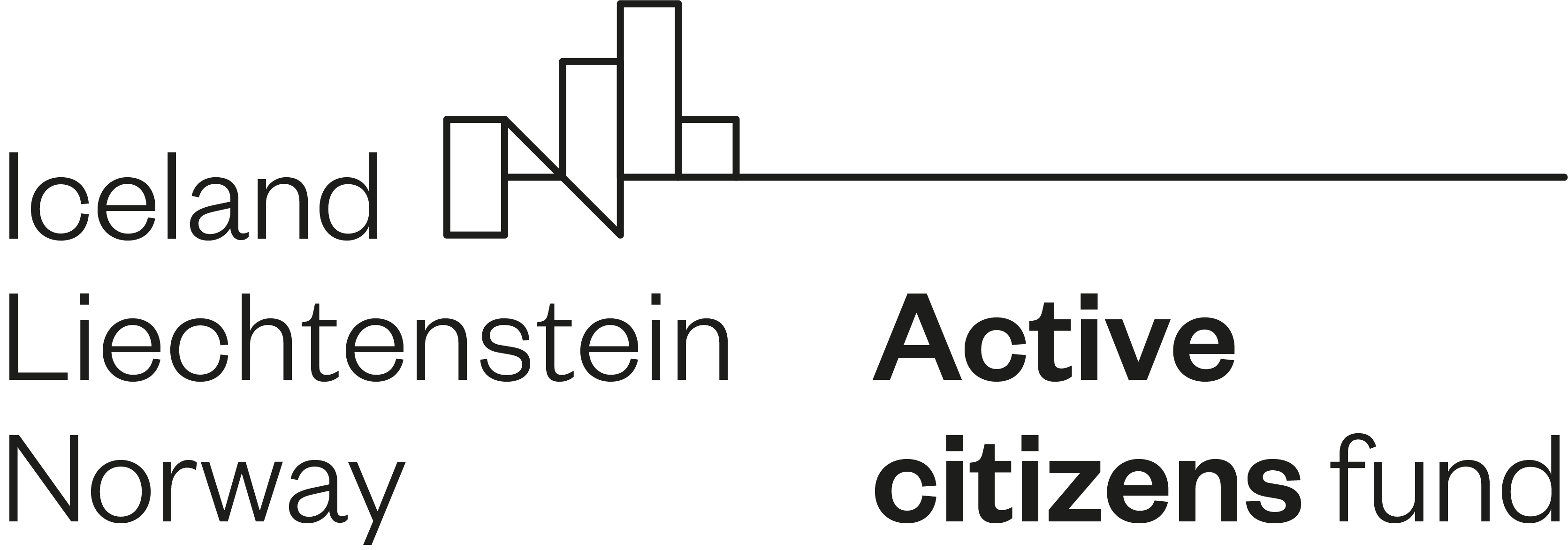On 26 November 2020, the Medical Fund legislation came into force. The aim of President Andrzej Duda's presidential initiative, announced while the election campaign was still in progress, was to provide Polish patients with adequate access to therapies, particularly for children and patients for whom there are effective therapies but not available to Polish patients through reimbursement. The Act, which was not much discussed during the work in Parliament, also changed the programme of emergency access to drug technologies, which for more than three years has become an option to make therapies available to patients who have exhausted other treatment options. Below, we will try to answer the question of what these changes mean for patients.
The Medical Fund was announced by the President and the Minister of Health in March last year, following a wave of public discontent caused by a significant increase in funding for public media. As a result, a concept was prepared for a Fund that could receive up to PLN 4 billion a year. For the sake of comparison, this is an amount equivalent to around half of all annual state expenditure on cancer diagnosis and treatment. Within this amount, several sub-funds have been set aside, including for the development of prevention, infrastructure or the financing of modern therapies. Despite initial declarations, there is no certainty that these will be additional outlays for health care - they are already included in the so-called '6% law', which regulates the level of minimum public expenditure on health care. With the current construction of the legislation, it is likely that every zloty directed to the Medical Fund is a zloty less in the National Health Fund, which can be used to shorten queues, increase accessibility to specialists and many other tasks.
As of today, it is not known what the distribution of the Medical Fund will be. This is the task of the special Council, which has not yet been set up. The first list of therapies that will be funded by the Medical Fund should be published by the end of February, the next one six months later. We therefore do not know which groups of patients will be able to count on receiving treatment that has not yet been reimbursed. According to the Ministry of Health's declaration, this is to be primarily paediatrics, rare diseases and oncology, but we are nevertheless waiting for the details. The list will certainly be published on the websites of government institutions.
However, we know a lot more about the changes to the rescue access to drug technology (RDTL). This is a programme that has been in operation since mid-2017. Until now, a treatment centre has applied to the Ministry of Health for approval to cover the cost of a therapy for a patient who has exhausted other options. After consulting a national or provincial consultant and the position of the Agency for Health Technology Assessment and Tarification, the ministry would give its approval or refusal. RDTL has attracted a lot of interest. In 2020 alone, the number of consents issued reached almost two thousand. On the other hand, patient organisations and doctors complained that it was a heavy administrative burden. As a result, often in patients for whom consent for therapy was given, they could not receive it.
It was decided to meet these objections by significantly simplifying the procedure. From the end of November, it is the doctor who decides whether or not to apply the treatment to the patient in question. To do so, he or she only needs the opinion of a national or provincial consultant, which should make the whole process much simpler. However, there are also other important changes. Firstly, a limitation is the funding of the programme, which, according to information published by the Polish National Oncology Federation, will amount to PLN 64 million. This is a significantly lower amount than the funds I mentioned when talking about the Medical Fund, but this is more or less what was spent on RDTL in previous years. Secondly, it should also be borne in mind that not every centre will be able to apply for patient treatment - level I and II hospitals, i.e. almost all district hospitals and many provincial hospitals, have been excluded from this group. Thirdly, therapies that once received a negative recommendation from the President of the Agency for Health Technology Assessment are not eligible for funding under RDTL. There are a few therapies of recognised value out there, so it is worth checking the Ministry of Health website before talking to your doctor.
Trying to look at the changes from the patients' point of view, the Medical Fund Act cannot be seen as something unequivocally positive or negative. On the one hand, instead of the promise of additional resources for health care, we have a shift that may limit the capacity of the National Health Fund. On the other hand, a new pathway for providing treatment to patients has been created. The bureaucracy in RDTL has been reduced, but at the same time there are a few limitations to the programme. We will know more in a few months.
Material for the Institute for Patients' Rights and Health Education was prepared by Wojciech Wisniewski as part of the Network for Health project.
The 'Network for Health' project is implemented with a grant from the Active Citizens - National Fund programme funded by Iceland, Liechtenstein and Norway under the EEA Funds.

